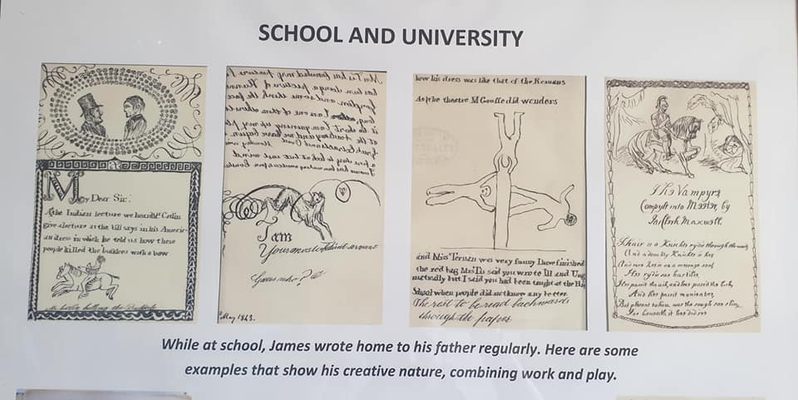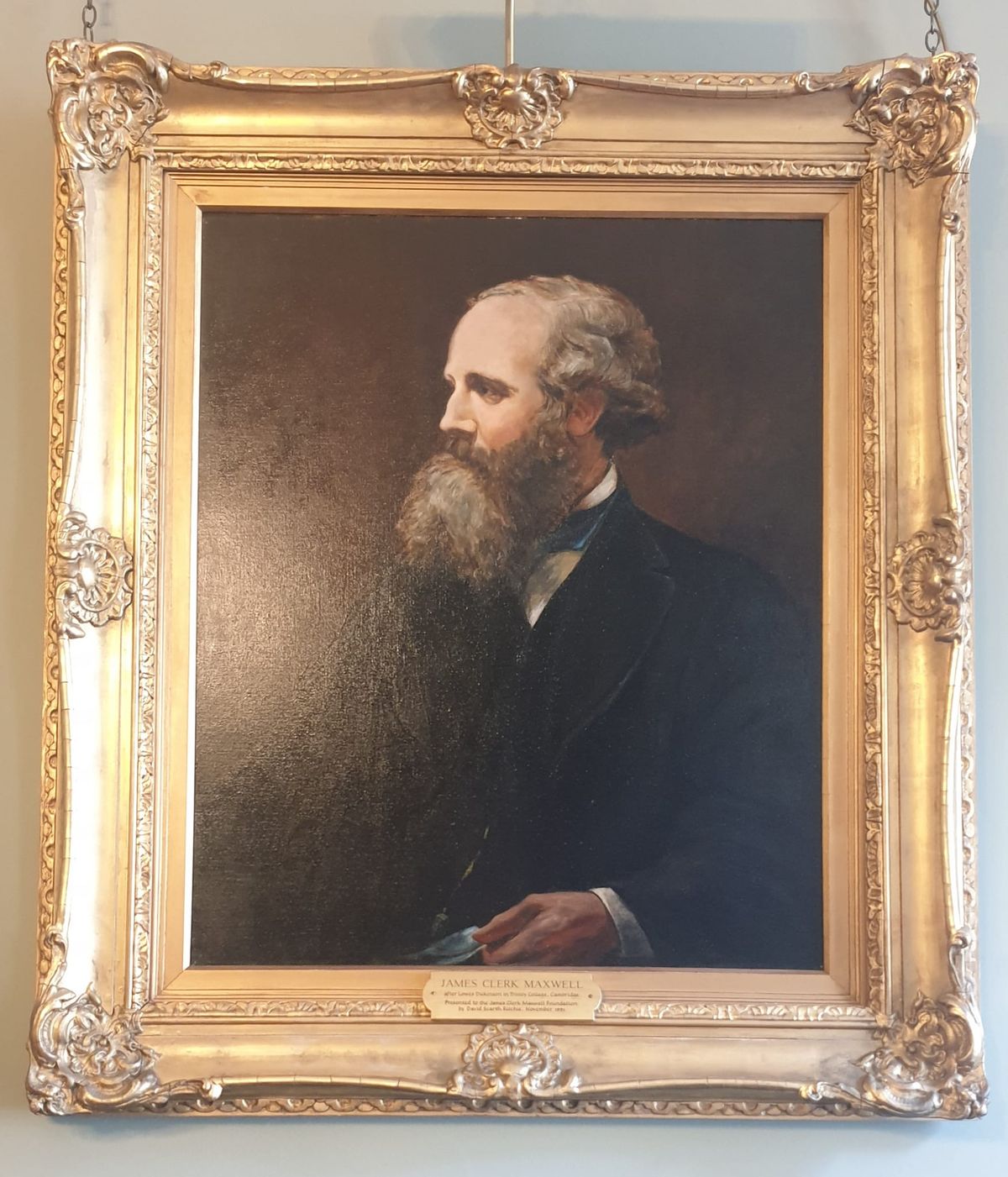About
There are few figures of the 19th century who have had a greater impact on the course of civilization than the Scottish physicist and mathematician James Clerk Maxwell. His discovery of a unified theory of electricity and magnetism directly led to the development of radio communications, television, mobile telephones, and many other technologies. Maxwell's findings have even been called "the most significant event of the 19th century" by the physicist Richard Feynman, and the astronomer Carl Sagan claimed that "Maxwell's equations have had a greater impact on human history than any ten presidents."
The James Clerk Maxwell Foundation in Edinburgh is dedicated to preserving the memory of Maxwell through science education and a small museum about his life. Formed in 1977, the foundation is housed in Maxwell's birthplace and former home, and retains much of the building's original character. The Georgian style townhouse was built in 1820 for Maxwell's father, eleven years before the physicist's birth.
The foundation serves as home to the International Centre for Mathematical Sciences as well as a collection of manuscripts, books, artwork, and furniture associated with Maxwell, his family, and colleagues. An item of particular interest in the museum is a chair that the young James used to study in, and that his aunt later embroidered to illustrate the wave theory of light. This gesture was a fitting tribute to Maxwell's work, as he was first to discover that light is essentially electromagnetic waves.
Another highlight of the museum is the Stairway Gallery of Illustrissimi, a chronological series of engraved portraits of famous physicists and mathematicians, many of which are from the personal collection of Sir John Herschel. Occasionally, some of Maxwell's original experimental apparatus (on loan from Cavendish Laboratory) are also included in the foundation's exhibits.
Related Tags
Published
March 8, 2010




















































